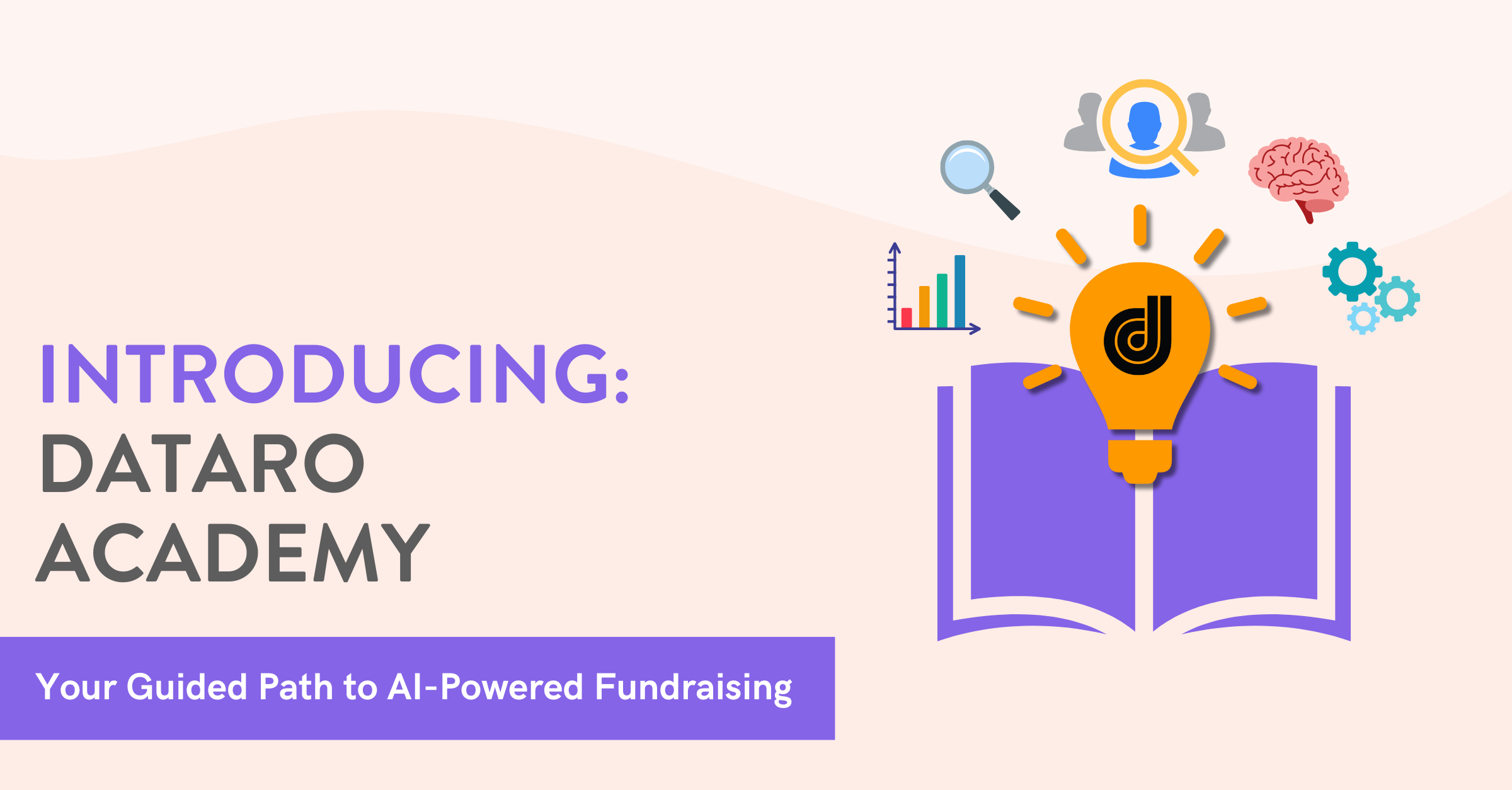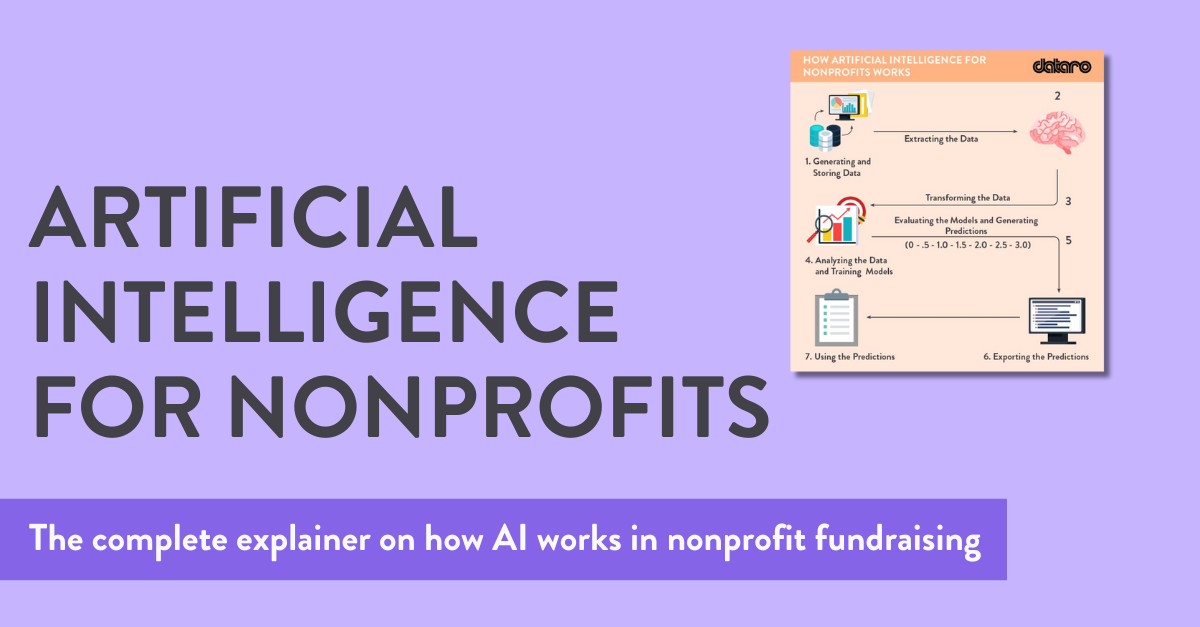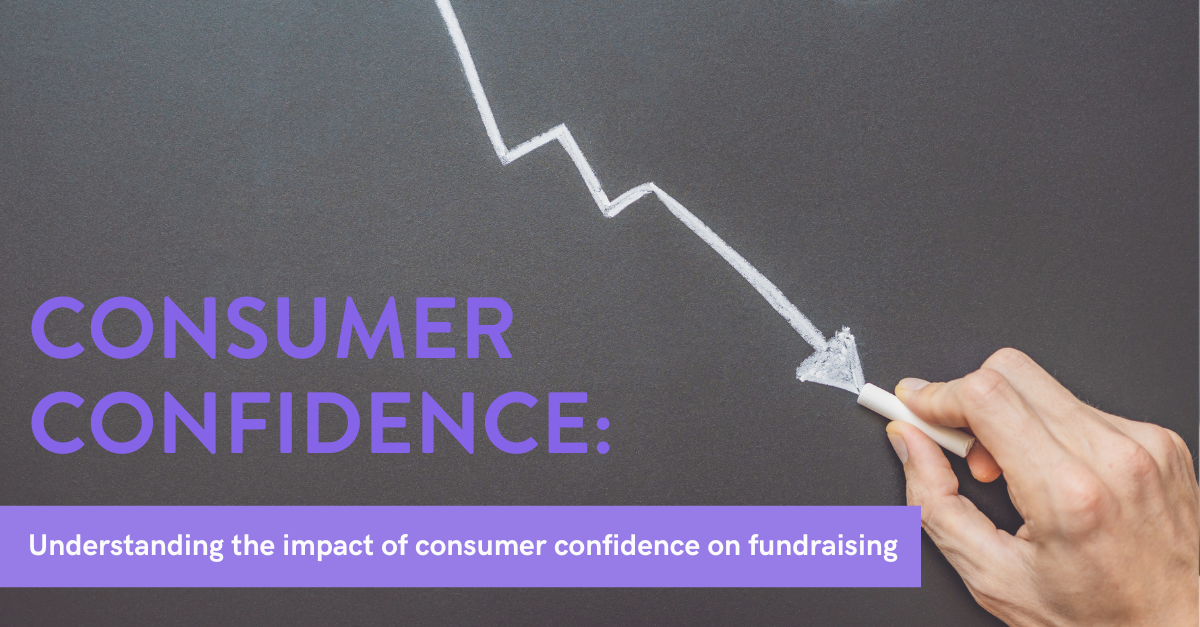
The Impact of Consumer Confidence on Recurring Giving Churn
Katrina –
The COVID-19 pandemic led to a historic plunge in consumer confidence. And last week Australian consumer sentiment once again fell to a level on par with the pandemic and Global Financial Crisis of 2007. According to the findings from the Westpac-Melbourne Institute, the Consumer Sentiment Index dropped 6.9 per cent in November.
In 2020 we analysed the impact of the COVID economic downturn on recurring giving retention and found that as consumer confidence plunged, it was closely followed by an increase in recurring giving attrition. The same was true in the analysis of declining consumer confidence post the GFC.
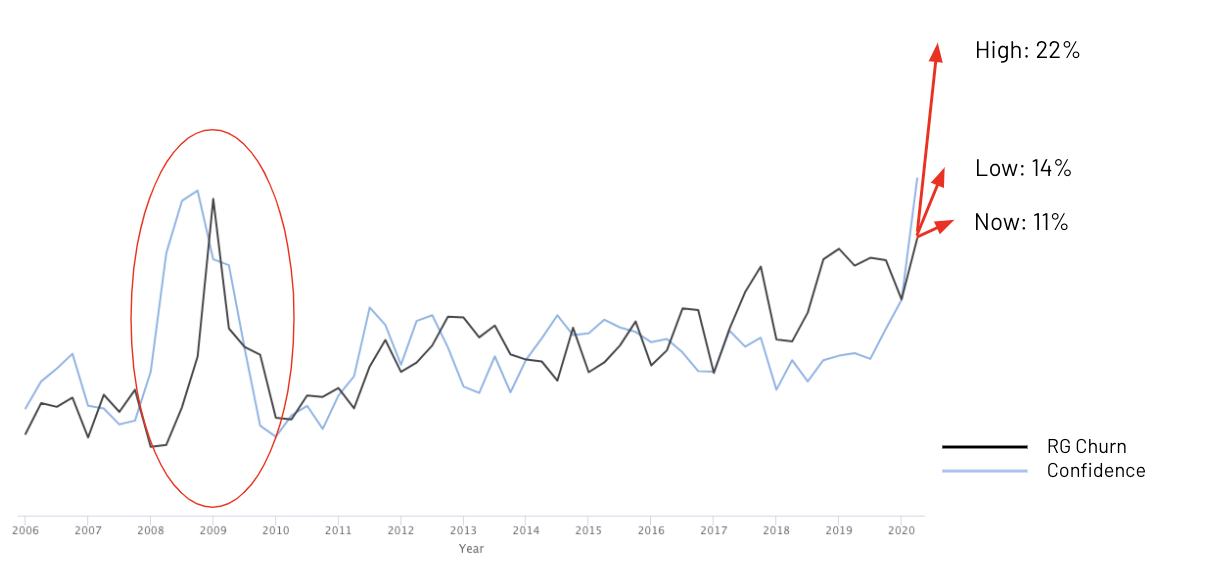
From Dataro’s own analysis, during the peak of COVID we saw churn rates increased from 11% to 14%. Equally in both the GFC and COVID-19 pandemic, as consumer confidence improved, recurring giving retention rates also followed.
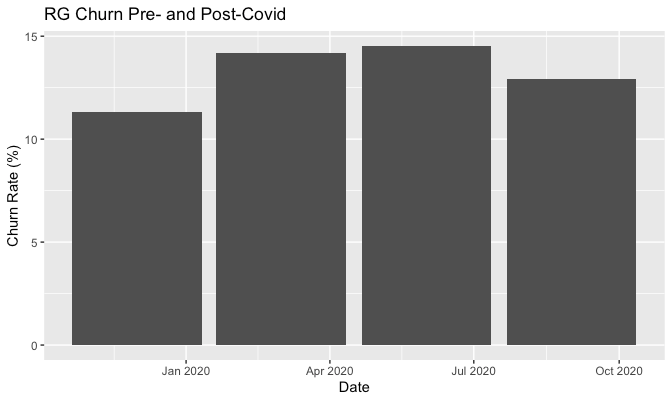
So what does this mean for nonprofits, especially those that rely on recurring giving and sustainer programs? Retention is set to get harder.
In recent months data from Dataro’s Fundraising Intelligence analytics and benchmarking tool has revealed the typical charity is already seeing an increased level of recurring giving churn, particularly over Q3 of this year. With the further drop in consumer confidence to COVID-19 and GFC levels, charities should brace themselves for an accelerated increase in donor churn. Looking at the typical charity’s recurring giving retention rates today, we have seen this increase again.
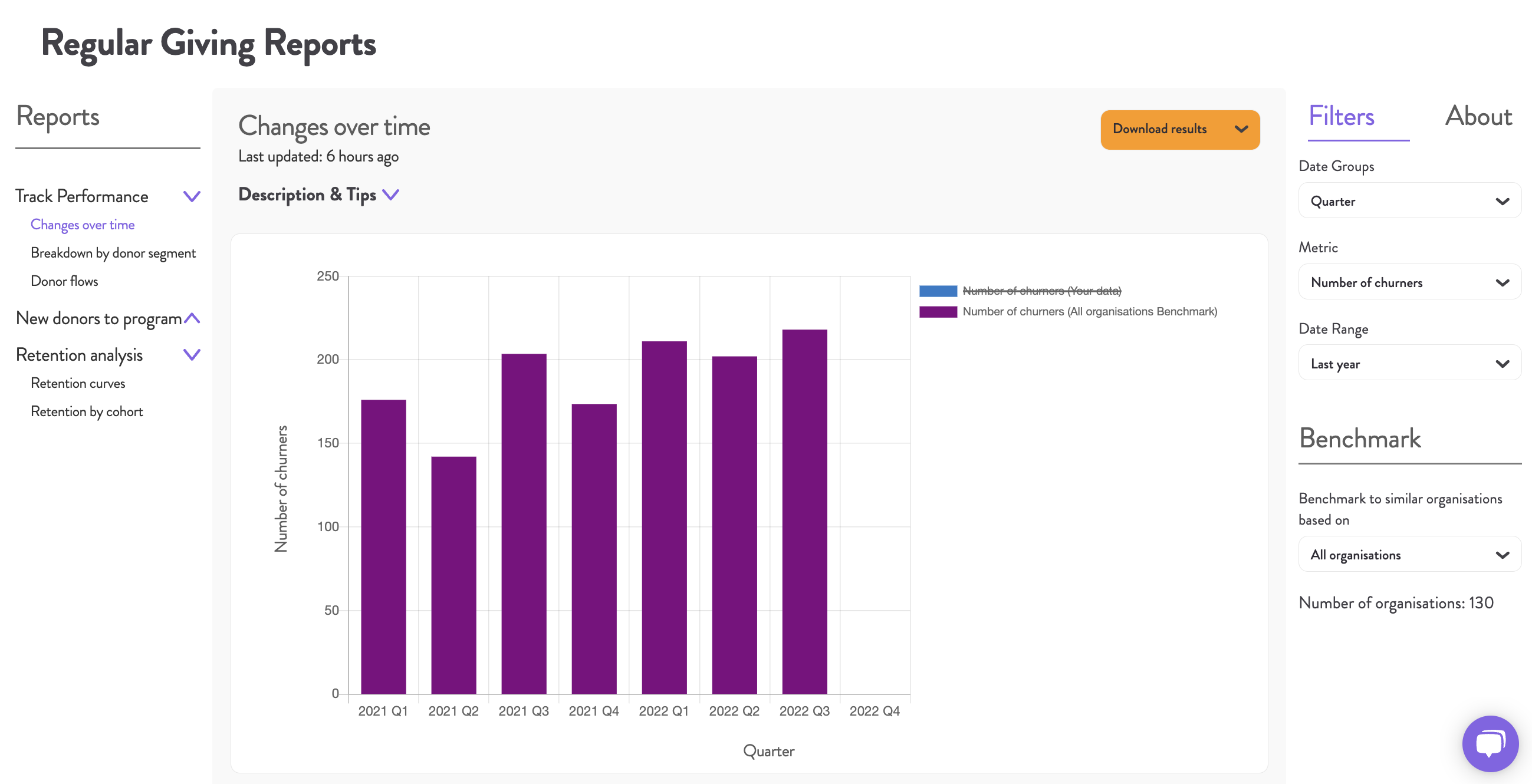
That’s because typically when consumer confidence drops and donors feel the pinch of rising costs, donors tend to reduce the number of charities they support, rather than reduce the level of their support.
But it’s not all bad news – there are data-driven fundraising strategies and technologies nonprofits can use to help prevent churn and retain more recurring givers. Read our recent blog Fundraising Tech To Protect Your Regular Giving Program for more analysis and tactics for preventing churn and retaining more recurring givers.
Analysis from Dataro’s Fundraising Intelligence data pool showed that recurring giving programs drove post-COVID recovery, so protecting your recurring giving program is key to weathering the current economic uncertainty and ensuring a speedy recovery.
Leverage Your Data to Reduce Churn
The key for fundraisers right now is to focus on donor retention strategies and calling campaigns that keep donors engaged with your cause and reminded of the impact of their support. But fundraisers are time poor and can’t call everyone. That’s where machine learning software like Dataro can analyse all of your available donor data to predict which donors are most likely to churn, so you can prioritise your retention activities.
In the height of COVID, Victor Chang Cardiac Research Institute used Dataro’s AI-donor predictions to identify their most ‘at-risk recurring givers and through a 3 month retention calling campaign they saved 297 recurring givers from cancelling their monthly gift.
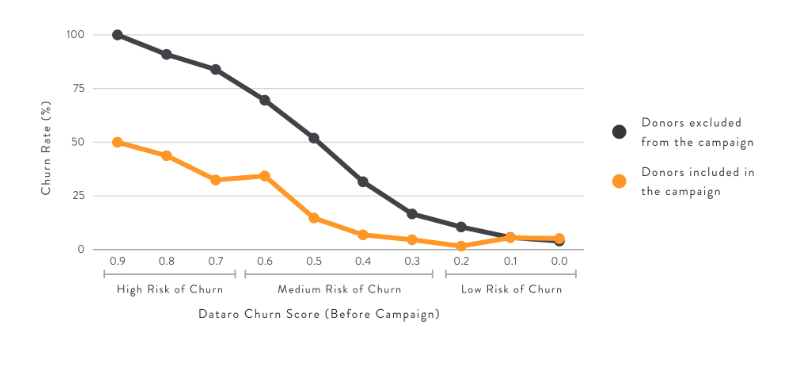
Fundraising expert Andrew Jung (formally of Victor Chang) shared with us his top tips for planning better retention campaigns.
Key Takeaway
The key takeaway for this economic downturn – do everything you can to protect your recurring giving programs and drive future recovery. Fundraisers that work smarter and use technologies to leverage all of their available donor data have the best chance of success right now.



